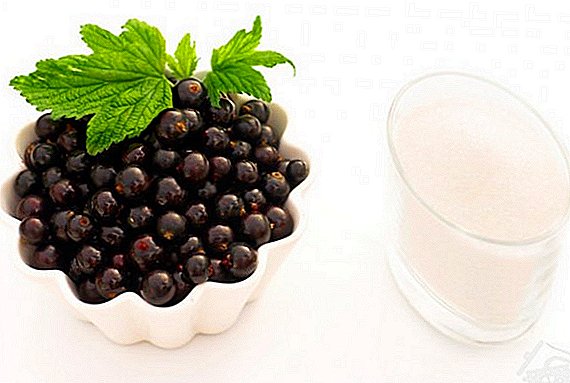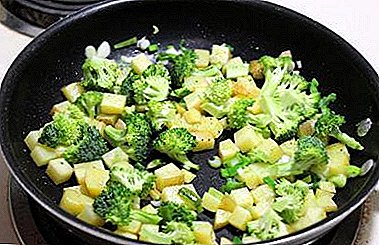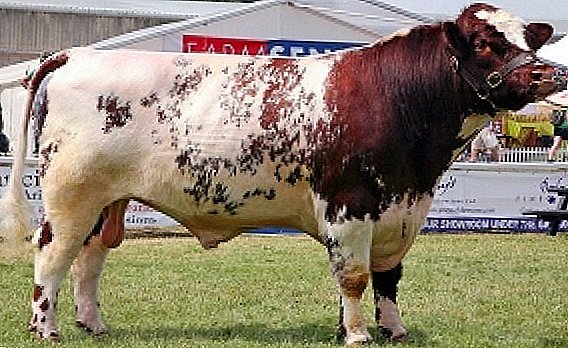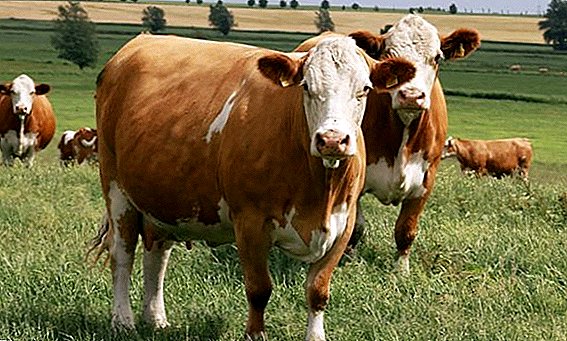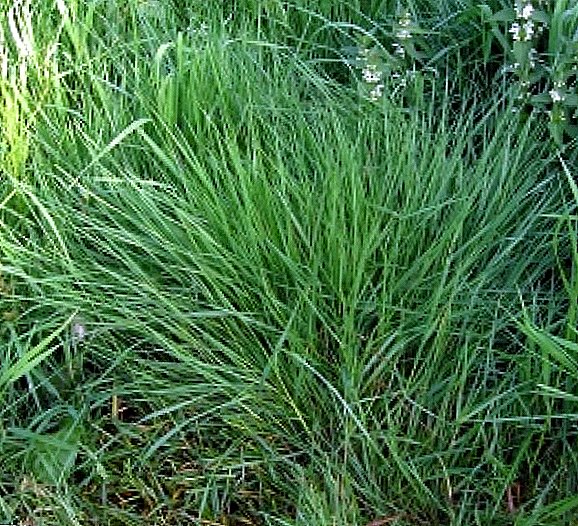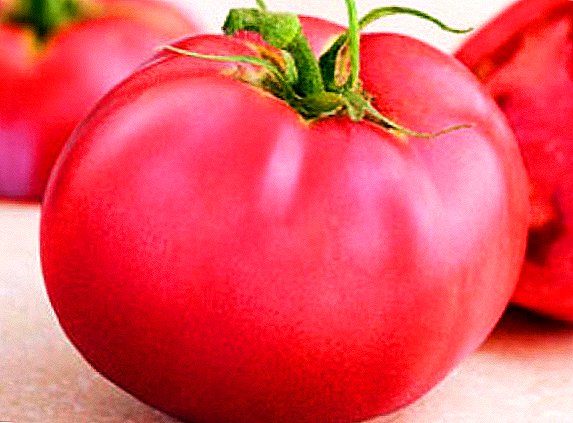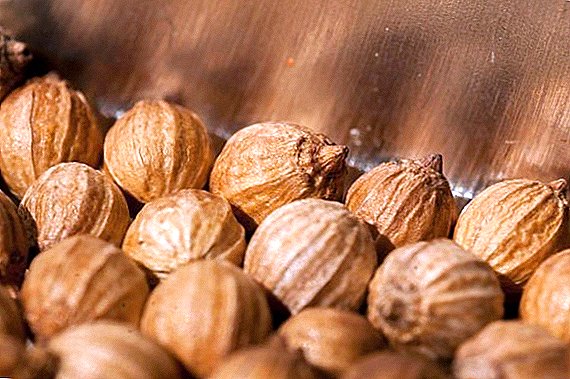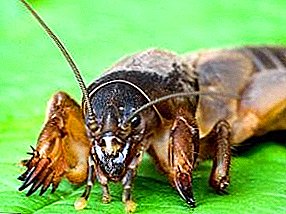
When you buy young cattle or already an adult animal, you certainly want to get results in the form of meat and dairy products.
In order to obtain sufficient productivity, the cattle must be well fed.
But there are several types of fattening, each of which has its own characteristics.
Which strategy to follow is up to you.

Often, either young animals or cows that have been rejected for some reason are allowed to feed.
On average, the procedure for fattening calves lasts from 4 to 6 months, and adult animals can be normalized in 3 to 4 months. All animals should be divided into groups, and the more homogeneous these groups are, the better the results of fattening.
In the issue of weight gaining animals, an important role is played by the conditions of detention, especially in winter. Animal desirable tie to a pole, give them free access to the feeders and drinking bowls.
The room where the cow or bull is kept must be good ventilation systemwhich should function even in winter.
If the feeding is planned to be done in the summer, then for this you need to equip a special area on the street, above which you need to make a shed, under which you need to place the drinkers and feeders.
Today, there are two types of fattening cattle: intense and stall.
Intensive fattening
This method of fattening is aimed at muscle growth, not fat, masses of young calves.
Young animals consume less feed than adult cattle to gain 1 kg of weight. As part of intensive fattening for weight gain of 1 kg, calves aged up to 15-18 months consume an average of 7 - 7.5 units of feed.
Frequently, young cows and bulls of meat are subject to intensive fattening, or calves from the first generation that were born when crossing dairy cows with meat bulls.
But good results in the form of excellent weight gain are also shown by young dairy, meat and dairy products. If we consider a concrete example, the calves of Simmental, Schwyz, Black-and-White and several other breeds weigh 350-400 kg already at the age of 17-18 months.
When slaughtering this young stock, the meat turns out to be of very high quality, but still, the amount of fat is stepped over to cattle for meat purposes.

Intensive fattening can be divided into 2 periods:
- the first - until such time as the calf reaches a weight of 400 kg
- the second - until the calf reaches a weight of 650 kg.
It is necessary to start feeding the young in such a way when the lactation period ends, and it is time to transfer the calf to more or less “adult” feed.
The basis of the diet for intensive fattening of cattle is high quality corn silage. It is the quality that plays a very important role, since the better the feed, the greater will be the weight gain of the animal.
If you do not know what kind of silage to buy, then remember this series of requirements that this feed component must meet:
- The percentage of dry matter in the silo should be at the level of 32-35%
- The variety must be correct, that is, in the stomach of an animal, more than 73% of organic matter must be digested.
- Crude fiber should be no more than 0.2 kg per kilogram of dry matter
- Crude protein should be at least 70-90 g per kilogram of dry matter
If corn silage is difficult or impossible to get, it can be replaced with a similar product made from whole plants of cereal crops. But we must remember that the animal will need to be given a greater amount of such silage, since it is corn silage that is the most energy-intensive.
It is not recommended to use grass silage, as the calf will receive very little energy when it is eaten, which, of course, will lead to the need to enrich the diet in general, as well as to delay the process of intensive fattening.

Corn silage needs to be supplemented with so-called concentrated feed. The main function of this type of feed is the balance. Since there is little dry protein in the silo, the diet should be supplemented with substances that are enriched with protein.
Young livestock need more protein until the middle of the fattening process, and after that the dose of protein should not be increased.
The percentage of protein with intensive fattening should be equal to 22-24% in the feed. As such material, rapeseed, soybean or wheat meal, as well as fodder beans or peas are perfect.
Concentrates must be of very high quality. feeding of livestock that is infected with mold or fungus is not allowed.
In the first period, 40% of the total diet should fall on protein-containing feed, and in the second period the amount should be reduced to a level of 28–30%. 2 - 3 kg of concentrate per day will be enough calf with an average weight.
It is important to provide young cattle with vitamins and beneficial microelements. For this purpose, special mineral feeds have been created that will compensate for the possible lack of chemical compounds important for the growth and development of animals.
The diet of livestock should be enriched with phosphorus and calcium (1: 2 ratio). Sodium is also important, which can provide animals by feeding them with salt.
Often mineral feed is added to the concentrate in the amount of 2 - 3% of the amount of the latter, but sometimes the young animals are given pure vitamin premixes in the amount of 60-80 g per head per day.

If we summarize and draw up the characteristics of each fattening period separately, we can draw a number of conclusions.
For example, in the first period the animal must actively increase the massthat is, greetings will become more and more every day.
To do this, each cattle should be given about 1 kg of hay or silage, 1 kg of feed, which contains protein, as well as 1 - 1.2 kg of energy-containing material.
During the second period, the weight gain will decrease, and animals need to be provided with vitamins. Therefore, the amount of silage given should be reduced to 0.5–0.6 kg, 1 kg of protein feed should be given, as well as 1.5–2 kg of energy-rich feed.
Stall fattening
As part of this type of fattening, different types of feed can be used, for example, beet pulp, bard and molasses, potato pulp, snare and many other types of feed.
The diet of young stock also needs to be supplemented with concentrates and roughage. You can fatten any animal in a stable way: both young and adult.

The whole process should be divided into 2 periods: the initial (lasts 30 days), medium (lasts 40 days) and final (lasts 20 days). Each period must be set in accordance with a separate diet.
Cheaper feeds can be given to animals for the first 70 days, and then it will be necessary supplement the diet with a large number of concentrates.
It is necessary to transfer animals to new food gradually, approximately 7 - 8 days. Feeding regime is the same in any type of fattening - food intake should be 3 - 4. It is important to provide cattle with enough water.
The gain in the first period will be maximum, since at this time protein, fat and water accumulate in the body of the animal.
In the second period, the weight gain will decrease, as the process of rapid deposition of adipose tissue starts.
In the third period, the weight gain will increase again if you use good feed.
Fattening cattle with pulp is considered a very good option, since this material contains a large amount of carbohydrates, calcium. But in this case, the diet will need to supplement the feed, which contain protein, phosphorus and fats. Also diet should be supplemented with protein-containing feed, bone meal and salt.

At first, the animal must be taught to eat a large amount of pulp. The adaptation process should last at least 6 - 7 days. Per day, an adult cow should be given 65 - 80 kg of pulp, and a calf - 40 - 50 kg. These figures should be reduced by the end of the fattening process.
Rough feed will support the process of digestion, so they need to be given with the calculation of 1 - 1.5 kg per 100 kg of live weight of cattle. Hay will be suitable for young stock, and it is better to give spring straw to adult animals.
When fattening on the bard is better to use potato or bread bard. This feed contains a lot of water (up to 94%), and the dry matter contains a small amount of protein. Often, cattle have to taste this type of feed.
Salt animals need to be given in unlimited quantities. The quantitative proportion of feed given is equal to 15 - 20 kg of bards per 100 kg of cattle weight.
Must be present in the diet of hay. It can be poured with hot barda, especially since animals will consume better food.
Every day, 7-8 kg of hay should be given to adult cows and bulls, and 4-6 kg will be enough for calves. Mixed feed and barley or corn corn are suitable as concentrates. Every day, each animal should be given 1.5-2.5 kg of concentrated feed.
In order to meet the need of an adult for calcium, often chalk is added to concentrates (70 - 80 g of chalk per 100 g per day).

In order to avoid the emergence of a very common disease — bard snapper — the animals need to be fed roughage (1 kg per 10 liters of bards) and also kept in low humidity conditions.
Silage can be fattened cattle during the cold season. For this use corn go sunflower silos.
Also in the diet should be present straw, hay, concentrates and other types of fodder crops. Sometimes, to fill the protein deficiency, animals are given, along with silage and concentrates, urea. Here, the most important thing is to observe the dose, so no more than 40-50 g of urea should be put on the head of young cattle, exactly 80 g of compound should be given to adult cattle.
When silage fattening 20 - 30% of the diet should be concentrated.
If you count in kilograms, then on the head the concentrate consumption for the entire period of fattening is 200 - 250 kg. Per day, adult cows and bulls should be given 35-40 kg of silage, and the young will have enough up to 30 kg of feed.
Chalk and salt must be present in the diet (10 to 15 g of the first and 40 to 50 g of the second). The entire period of silage fattening of young stock should not last more than 90 days, and adult cattle can be kept on such food for about 70 days.

With the onset of summer, all cattle is better to translate into green fodder, but with the addition of concentrates.
40 - 80 kg of greens will be enough for one animal (it all depends on age), and concentrate should be given from 2 to 2.5 kg per day. As a source of sodium it is boring to give cattle salt.
If you wish, you can fatten your cows and bulls so that you will be very surprised by the result. And the result will be not only in the amount of meat produced, but also in its quality.
So feel free to transfer cattle to special feed.



